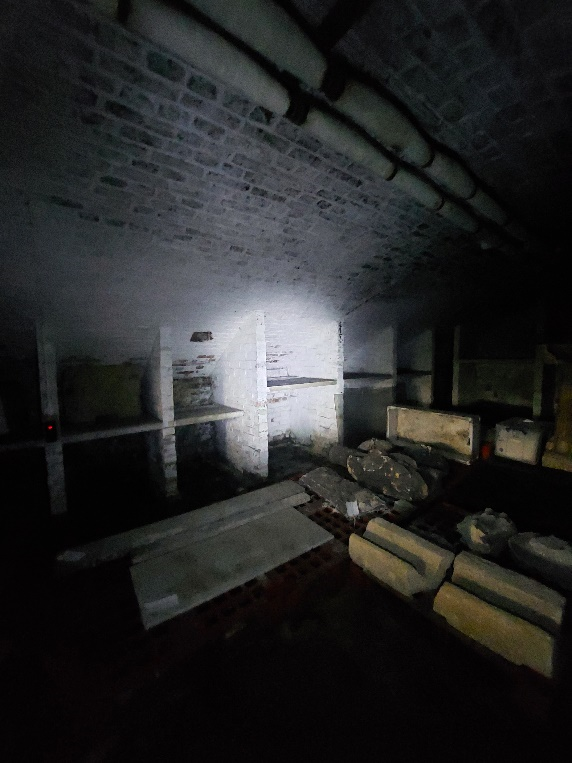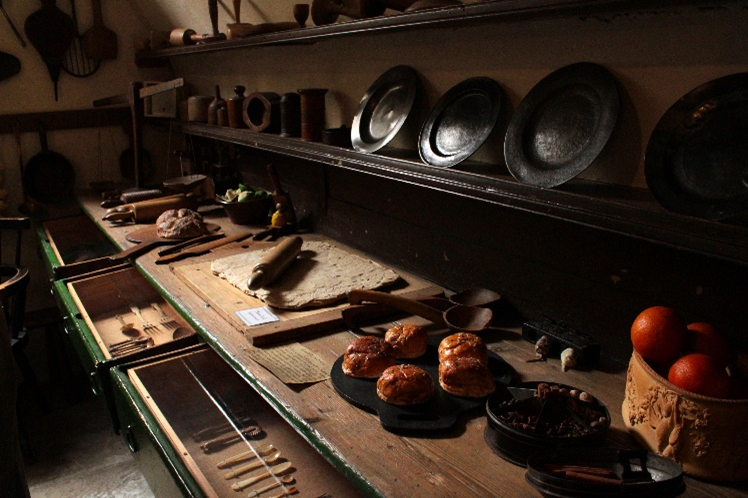Funding from the Society for the Study of Labour History allowed me to conduct a wide range of research into eighteenth-century female domestic servants. My aim was to discover how they have been represented both in their time and now, whether this representation has changed, and what might we be able to do to change it.
Domestic servants have traditionally been excluded from labouring, working-class narratives, and their stories obscured by the alluring high-life their employers led. The influence of period drama, particularly Downton Abbey, has driven both popular and academic history in a nineteenth and twentieth-century direction. Critical interpretation of how we represent the earlier servant class is needed to engage with eighteenth-century country house narratives.
SSLH funding allowed me to visit two archive centres. In the West Yorkshire Archives (Leeds), I was able to view and handle eighteenth-century unpublished letters from the Harewood Collection, which revealed a myriad of information relating to maidservant sexuality. In less than a year, the house steward had discovered at least three illicit relationships between servants, two of which resulted in illegitimate pregnancy. The letters revealed the extent of prejudice an unmarried female servant faced from employers and other staff, as well as how little support was available to her in such circumstances. In very vulnerable positions, maidservants had to manage their daily labours alongside constant sexual advances from both colleagues and employers. By virtue of occupation, numerous representations abounded of sexualised maidservants in eighteenth-century popular culture, crucially the novel Pamela by Samuel Richardson. These themes have translated into our modern representations of maidservants—representations I challenged using evidence from the archives. For example, popular culture both then and now focusses on (and romanticises) master-servant relationships—obscuring the prevalence of relationships between servants and why this made maidservants so vulnerable to sexual advances.
I was also able to conduct site visits. This included Harewood House, to experience the heritage offer they have in place. I was also able to visit Temple Newsam, which proved to be invaluable to my research. My visit to Bath would not have been possible without funding. As this is a site of high-heritage consumption I was able to explore multiple different representations of maidservants presented to the heritage consumer and their interaction with the period drama, and how these tie-in with past representations.
Overall, I was truly able to disentangle the lives of these labouring women from the classist and misogynistic narratives of their employers, and advocate for a critical, holistic approach to existing representations of female domestic servants.
Lauren Halls was awarded a BA/MA Dissertation Bursary by the Society for the Study of Labour History for her research into the representation of eighteenth-century female domestic servants.
Find out more about the BA/Taught Masters Dissertation Bursary Scheme.

